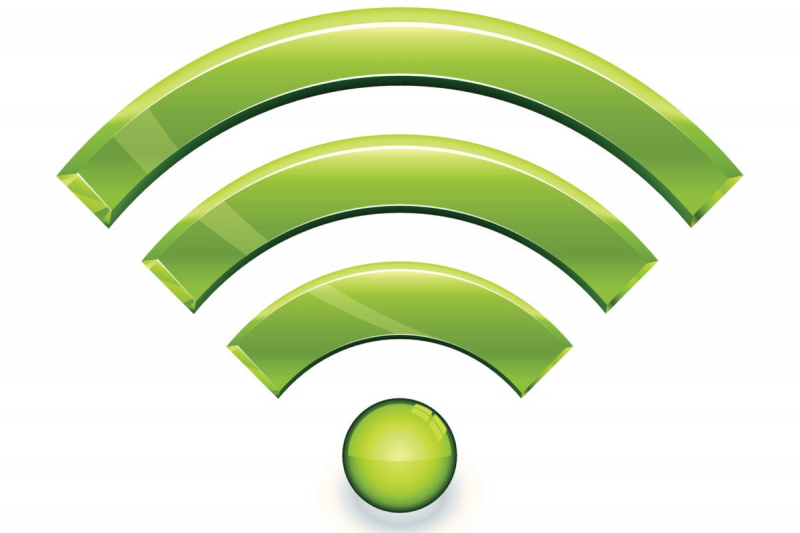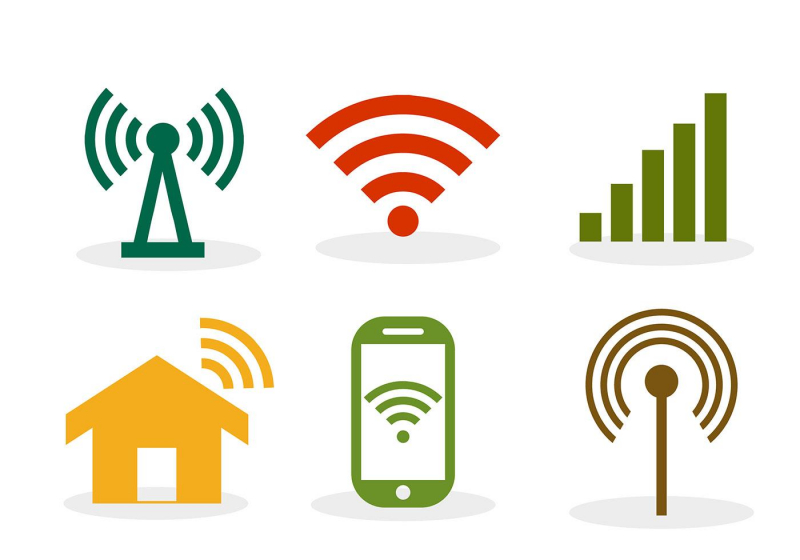Wi-Fi Doesn’t Mean Anything
Back then, you better believe you wanted a stereo with Hi-Fi if you were in the market for one. High fidelity, or "hi-Fi," in the context of music indicated that your stereo system could reproduce sounds with breathtaking clarity. No loss of audio clarity or distortion from the LPs, 8-tracks, or whatever else you were listening to. Since the 1950s, when the word "Hi-Fi" first debuted, music has undergone so many modifications, it can be difficult to even pinpoint what it means now. But at least it has a definite definition. 'Hi-Fi' stands for 'high fidelity. What does Wi-Fi actually mean?
Wi-fi is commonly used today to refer to wireless internet or simply "the internet." Signs stating "free Wi-Fi" or informing you that the Wi-Fi is only for customers are often posted on the walls of businesses. Since the Wi-Fi Alliance owns the trademark for the term, it is technically illegal to sell products that utilize the term without their consent.
The Wi-Fi Alliance needed a term they could use that sounded nicer than what wi-fi truly is, which is IEEE 802.11b Direct Sequence, so they came up with the phrase in 1999. The name was created by a consulting company that they hired. It has two syllables, is simple to remember, and has a slightly technical sound. Therefore, despite attempts to coin a backronym for it—the most well-known of which, based on our Hi-Fi example, is "wireless fidelity"—none of them are accurate. Other attempts include "wireless finder" and even "with internet pals are welcomed."












